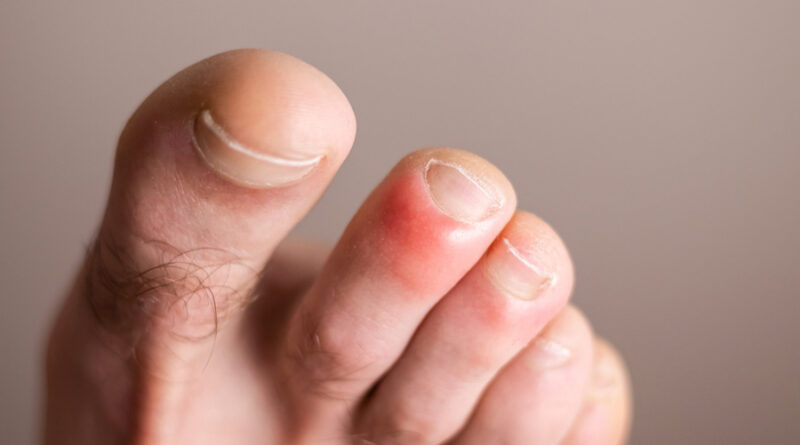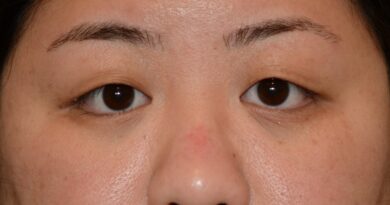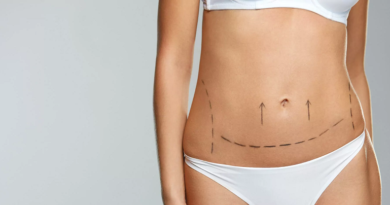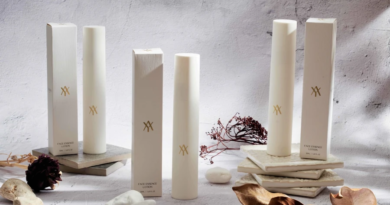The Treatment of Chilblains
Chilblains, also known as pernio or perniosis, are painful, inflammatory skin conditions triggered by exposure to cold and damp environments. They typically manifest as red, swollen, and itchy lesions on the extremities, such as fingers, toes, ears, or nose. While not life-threatening, chilblains can cause significant discomfort and, in severe cases, complications like ulceration or infection. Effective treatment of chilblains involves a multifaceted approach, including preventive measures, symptom management, and addressing underlying risk factors. This essay explores the various treatment strategies for chilblains, encompassing immediate relief, long-term management, and preventive techniques, while also considering medical, alternative, and lifestyle interventions.
Understanding Chilblains and Their Causes
Before delving into treatment, it is essential to understand the pathophysiology of chilblains. Chilblains occur when small blood vessels in the skin constrict in response to cold, followed by rapid rewarming, which causes inflammation and damage to the vessel walls. This results in symptoms such as itching, burning, redness, and sometimes blistering or ulceration. Risk factors include poor circulation, a history of Raynaud’s phenomenon, connective tissue diseases, and environmental factors like inadequate clothing or prolonged exposure to cold, damp conditions. Individuals with low body weight, poor nutrition, or certain medical conditions, such as lupus, are also more susceptible.
The primary goal of treatment is to alleviate symptoms, promote healing, and prevent recurrence. Treatment strategies can be broadly categorized into immediate care, pharmacological interventions, lifestyle modifications, and alternative therapies.
Immediate Care for Chilblains
When chilblains first appear, immediate care is crucial to reduce discomfort and prevent worsening of symptoms. The affected area should be gently warmed to restore normal blood flow, but rapid rewarming, such as placing hands or feet in hot water, should be avoided, as it can exacerbate tissue damage. Instead, the skin should be warmed gradually using lukewarm water or by wrapping the area in warm, dry clothing. Keeping the affected area clean and dry is essential to prevent infection, particularly if the blister.




